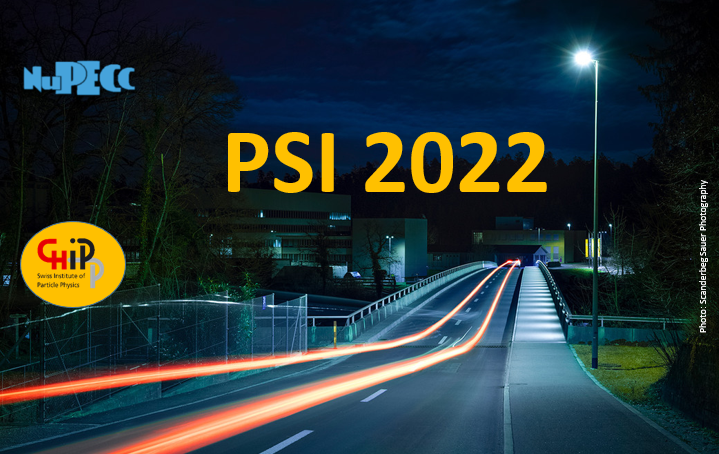Speaker
Description
Few-electron atoms and molecules are attractive systems for precision spectroscopy because their properties can be calculated with high accuracy from first principles. The measurements serve to test theoretical predictions, ideally at the level where their accuracy i$\sigma$ limited by the uncertainties of the fundamental constants or by unrecognized physical effects. I will report on precision measurements of energy intervals in cold samples of H, He and H$_2$. We focus on the measurements of accurate transition frequencies to high Rydberg states, which we then use to determine ionization energies by Rydberg-series extrapolation. These ionization energies can then be compared to values calculated from first principles. In the case of He, for instance, the first complete calculation of the α$^7$m Lamb shift for several triplet states has recently been carried out and the ionization energy of the 2$^3S_1$ metastable state was reported to be 1 152 842 742.231(52) MHz [1], which differs from the experimental value of 1 152 842 742.640(32) MHz [2] by almost 8$\sigma$. In the case of H$_2$, HD and D$_2$, the results agree within the combined uncertainties of about 1 MHz, see, e.g., [3-5]. The talk will give an overview of the sources of uncertainties that limit our measurements and present our strategy to improve the precision and accuracy of the experimental results. This strategy includes the development of (a) improved sources of cold samples of H, He and H$_2$ (see, e.g., [6]), the use of an improved frequency calibration through a stabilized fiber network with ring topology providing a SI-traceable frequency standard from the Swiss Federal Institute of Metrology METAS [7], and the use of improved methods to reduce systematic uncertainties arising from stray electric fields [8].
This work is supported financially by the Swiss National Science Foundation (CRSII5_183579 and 200020B-200478).
- V. Patkóš, V. A. Yerokhin, and K. Pachucki, Phys. Rev. A 103, 042809 (2021).
- G. Clausen, P. Jansen, S. Scheidegger, J. A. Agner, H. Schmutz and F. Merkt, Phys. Rev. Lett. 127, 093001 (2021).
- M. Puchalski, J. Komasa, P. Czachorowski, and K. Pachucki, Phys. Rev. Lett. 122, 103003 (2019).
- N. Hölsch, et al, Phys. Rev. Lett. 122, 103002 (2019).
- J. Hussels, et al., Phys. Rev. A 105, 022820 (2022).
- S. Scheidegger, D. Schlander, J. A. Agner, H. Schmutz, P. Jansen and F. Merkt, J. Phys. B 55, 155002 (2022)
- D. Husmann, et al., Opt. Express 29, 24592 (2021)
- N. Hölsch, I. Doran, M. Beyer and F. Merkt, J. Mol. Spectrosc. 97, 111648 (2022).

